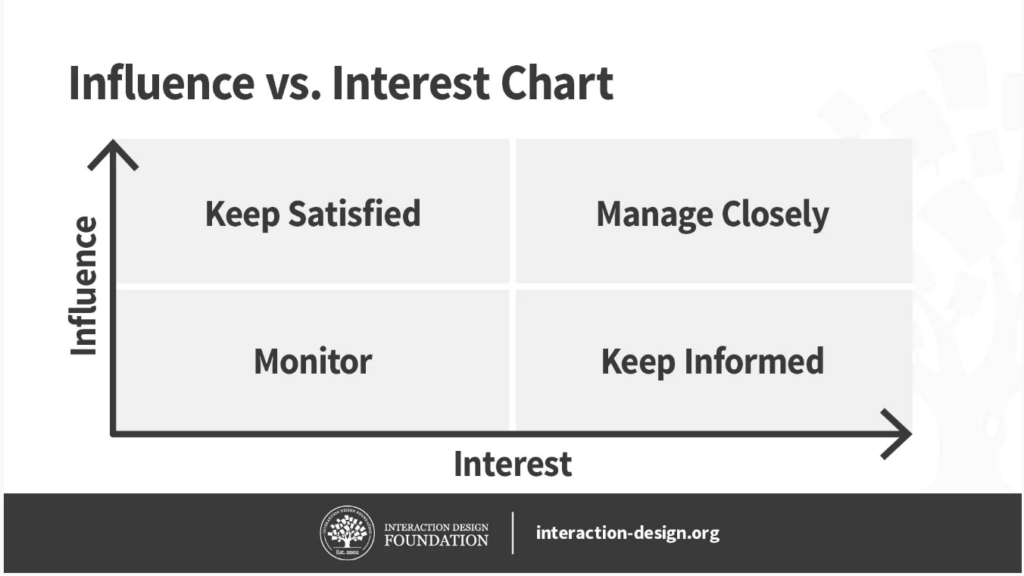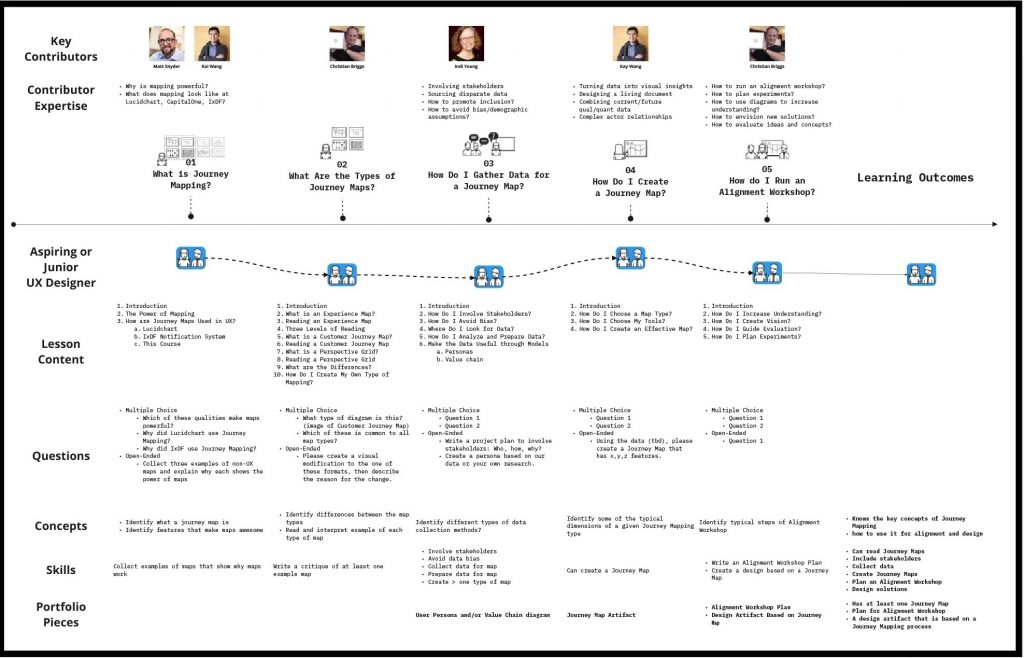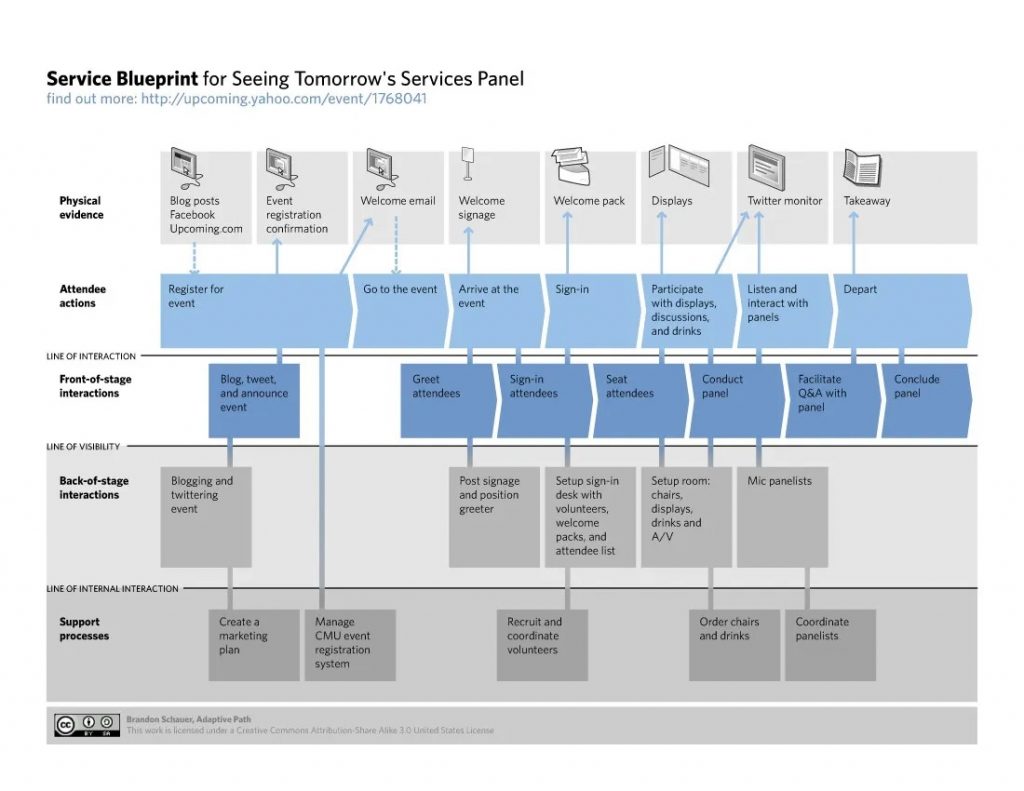
GUEST POST from Robyn Bolton
Several years ago, my now-husband and I were in London. It was his first time in the city but my 4th or 5th so, naturally, I talked a big game about how well I knew the city and how I would be, with the help of our handy tourist map, our tour guide.
Things were going fine until I took the wrong road leading away from Buckingham Palace. I thought we were heading straight to Parliament. We were not.
After a walk that lasted far longer than it should have, he nervously asked,” We’re lost, aren’t we?”
With wounded pride and astounding stubbornness, I declared, “We’re not lost. I know exactly where we are. It’s just not where we want to be.”
Maps are incredibly useful. Until they’re not.
Innovation literature has more maps than a Rick Steves’ guidebook, and most are quite useful. If they’re used at the right time for the right purposes in the right way by the right people (which is a lot of rights that have to be right).
Here are three of my favorites – 2 classics and a new one that blew my mind
Stakeholder Map:

Avoid getting blind-sided, buttering up the wrong people, or ignoring potential champions
- What it is: A visual representation of the people, roles, and groups who (1) are involved in and affected by a challenge or system and (2) have the power to affect or are likely to be affected by the proposed solution. Stakeholders can be internal and/or external to the organization
- Why you need one: To prioritize where and how you spend your time understanding, influencing, communicating, collaborating, persuading, and selling
- When to create it: At the very beginning of a project and then updating as you learn more
- How to use it: Interaction Design Foundation explains it simply and concretely:
- Brainstorm who your internal AND external stakeholders are
- Prioritize them using an Influence x Interest two-by-two matrix
- Engage and communicate based on their place in the chart
Journey Map

Spot opportunities to create radical value through incremental innovations
- What it is: A visual representation of what your customer/consumer/user does, thinks, and feels as they move from awareness of a need/want/JTBD to loyalty to a solution. Journey maps should dig deep into moments where customers currently interact with your organization and highlight opportunities where interaction can and should occur
- Why you need one: To identify opportunities for innovation by surfacing customer current pain points between your customer and your business (or competitors if your business isn’t there and can/should be)
- When to create it:
- Create the basic structure (start and end point) or a hypothesized journey before primary research.
- During research, work with individual stakeholders to develop their maps using (and adapting) your initial structure.
- At the end of research and before ideation, synthesize insights into the smallest possible number of maps to use as inspiration for solution brainstorming
- How to use it: IDEO offers simple instructions and tips based on practical use:
- Brainstorm who your internal AND external stakeholders are
- Prioritize them using an Influence x Interest two-by-two matrix
- Engage and communicate based on their place in the chart
Service Map:

Make journey maps actionable (and see how your innovation affects your operations)
- What it is: A visual representation of the people, touchpoints, processes, and technology required/desired both frontstage (what customers see) and backstage (what happens behind the scenes). Similar to process documentation with a special focus on the customer
- Why you need one: Doing something new (i.e., innovating) often requires changes to internal operations, organizations, and processes, but these changes are often ignored or unexplored until late in the process, potentially slowing or stopping the development and launch of a new solution.
- When to create it: Draft a baseline current state once you have 50% confidence in the general area or type of solution to be created (e.g., we want to improve the use of digital tools in classrooms, so let’s create a service map for our current digital offerings and operations). Then continually revise and update it as the solution/service develops.
- How to use it: Interaction Design Foundation offers practical instructions and advice.
- Identify the service to be blueprinted
- Identify the customers to be service
- Examine the customers’ experience of the process (customer journey map)
- Identify the role and impact of employees, processes, technology, and other operational and organizational factors on the service
- Link activities together to show a natural flow between frontstage and backstage
What’s your favorite map (innovation or otherwise)?
Image credits: Pixabay, Interaction Design Foundation
![]() Sign up here to join 17,000+ leaders getting Human-Centered Change & Innovation Weekly delivered to their inbox every week.
Sign up here to join 17,000+ leaders getting Human-Centered Change & Innovation Weekly delivered to their inbox every week.
Pingback: Why You Should Care About Service Design | Human-Centered Change and Innovation
Pingback: 13 Innovation Articles from September - Inside Outside